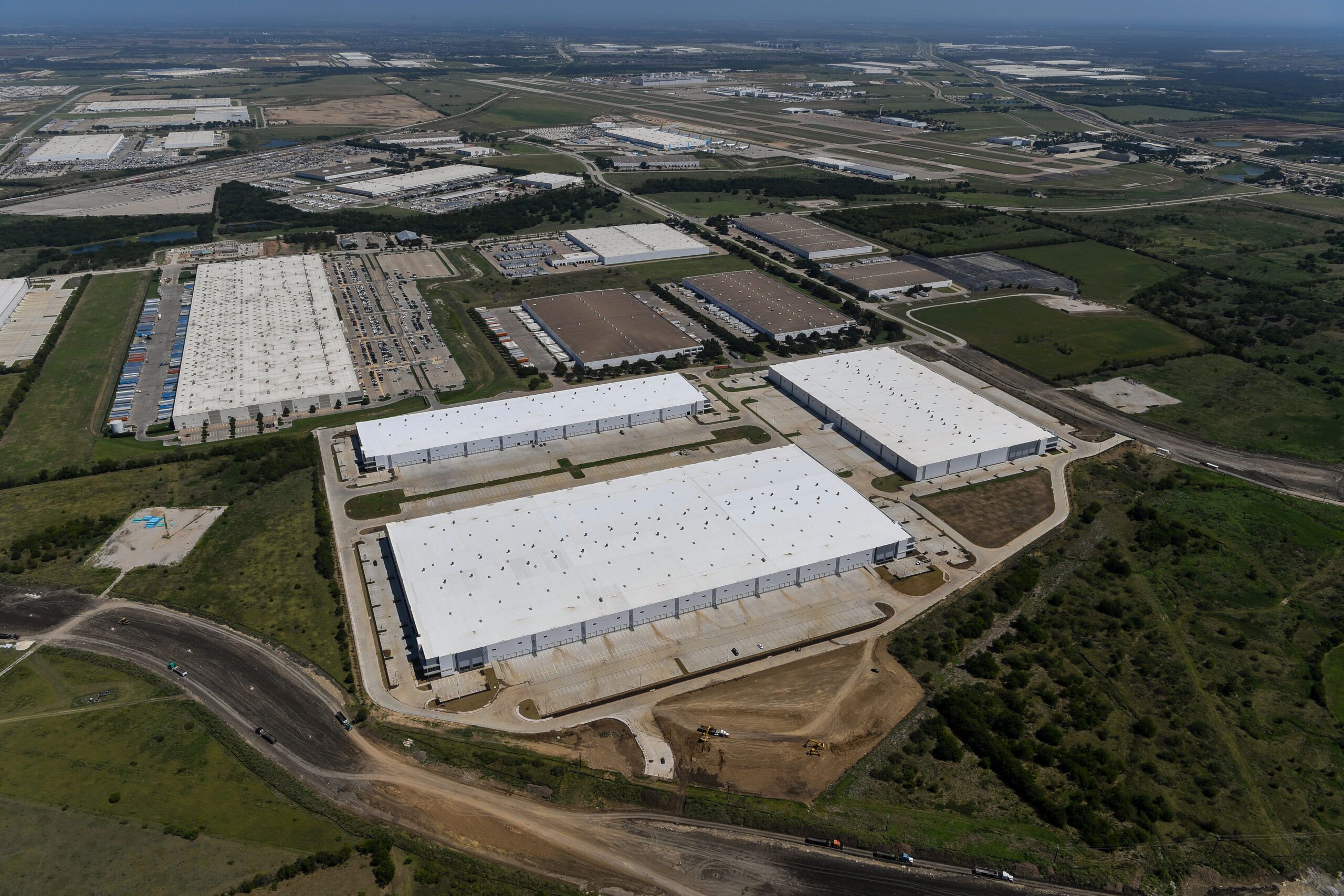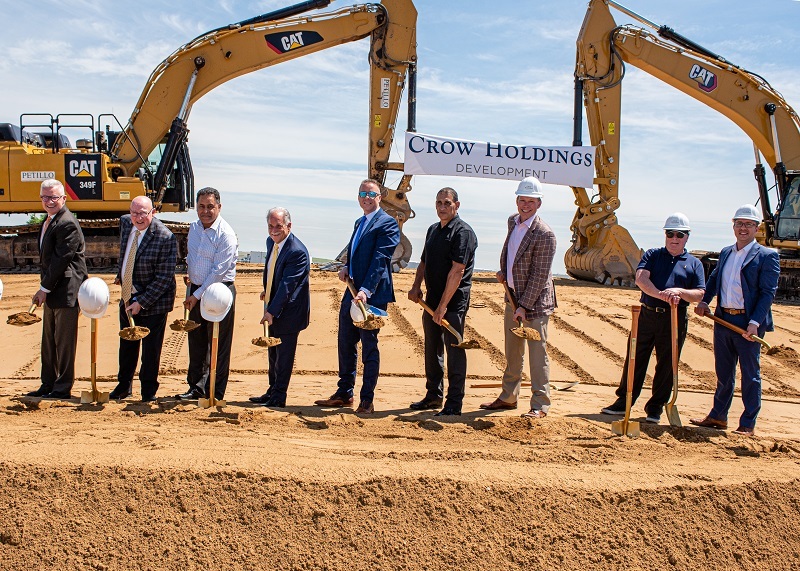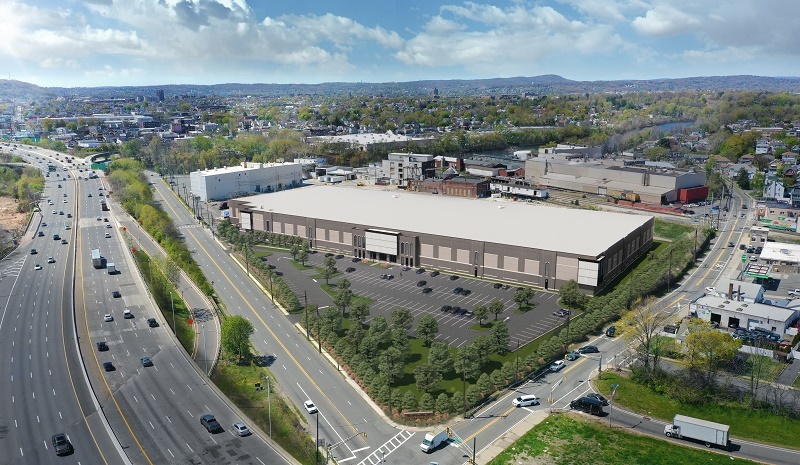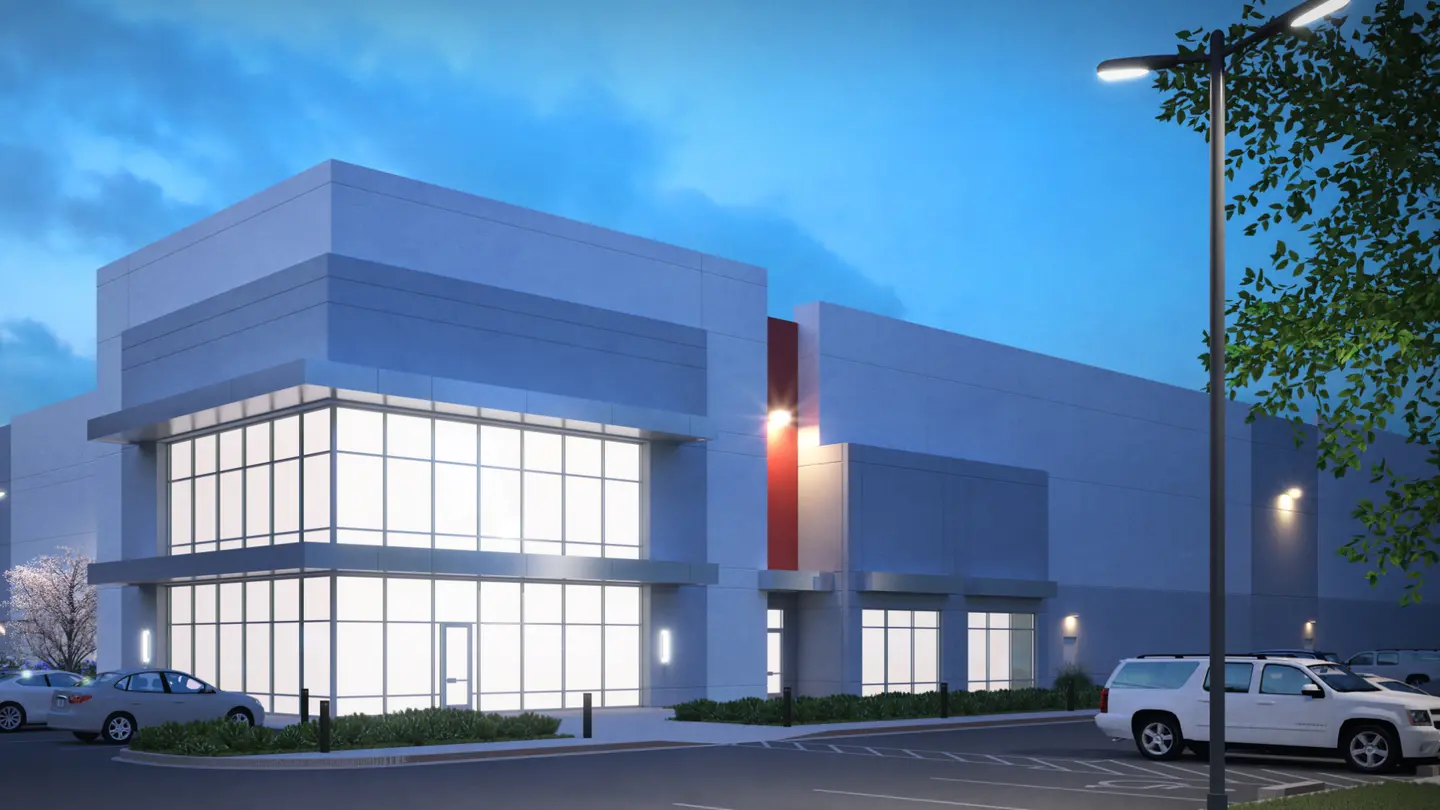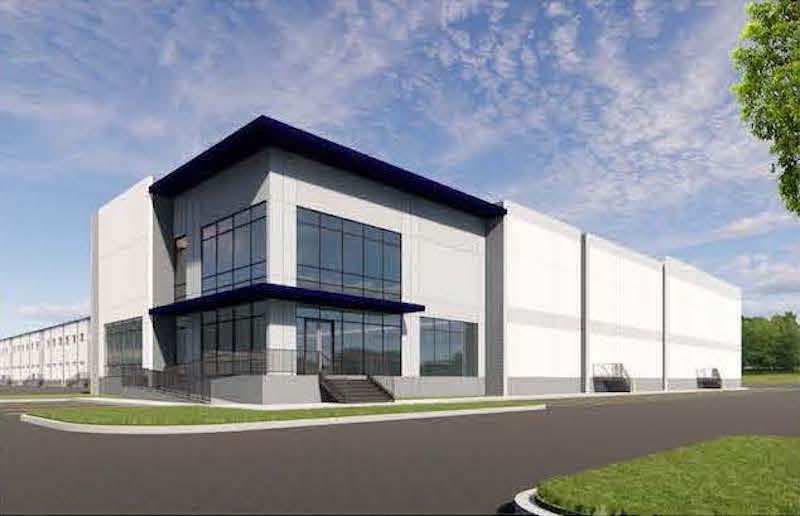Fundfire (Sept. 9, 2020) – Industrial real estate has taken center stage as the property segment most in demand, thanks in large part to the coronavirus pandemic accelerating the need for more warehouses, logistics hubs, and shipping centers – and attracting both investor dollars and private fund dealmakers. But observers say that the market can’t yet absorb big sums of capital, and will only spark a limited reallocation of private fund real estate dollars.
As the historically overlooked fourth major property sector after office, retail, and multifamily housing, industrial became a popular segment over the last decade, as its assets supported the transition of retail shopping from brick-and-mortar stores to e-commerce and home delivery transactions. But the pandemic quickly jacked up the value of industrial assets, says Michael Levy, CEO at Crow Holdings, a private fund manager that runs $10.5 billion in real estate assets, concentrated in the industrial and multi-family segments.
“We’re not the only ones who saw the trends in e-commerce, but they’ve accelerated because of COVID,” he says. “And where people used to expect delivery within a week, now we expect things to be delivered in two hours. [T]hese industrial properties need to be closer and closer to the end consumer.”
Demand for industrial private fund assets is also up, with Crow last month selling a 15-building, 4.7 million square foot portfolio of U.S. warehouse properties across five cities to Prudential Financial’s PGIM Real Estate affiliate for $425 million.
But the shine on industrial assets – as well as other assets experiencing pandemic-fueled growth, such as data centers – doesn’t mean investors can shift allocations in a significant way, says David Lowery, head of research insights at Preqin. The segment will face greater competition for fund strategies, higher prices for deals, and the need to tilt toward riskier strategies to generate attractive returns, he says.
“A lot of it depends on the risk you’re willing to take to invest in those themes today,” Lowery says. “It’s harder to get returns from the places where all the capital is going.”
At the moment, institutional investors in the latest rolling survey of Pension Real Estate Association say industrial still promises the best performance, forecasting 3.5% returns for the segment this year, the only of the major property sectors pegged to not lose ground. The survey also pegs industrial as the highest-performing segment out to 2024, peaking at 8.9% returns in 2022, though the forecast expects other property segments to rebound by then.
But industrial can’t carry the entire asset class. Investors overall are signaling a pullback this year, according to a Preqin survey in June, with 40% of respondents saying they expect to commit less capital to real estate in the next 12 months compared to the prior year. More than 80% blame the economic downturn, and specifically its impact on asset valuations and returns.
Fundraising in the first two quarters this year was off pace from recent years, with the $72.4 billion gathered in funds that closed trailing the $88 billion raised in the first half of 2019 and the $81 billion during the same period in 2018, according to Preqin. Most of the activity so far in 2020 has been in value-added funds, which raised $25.6 billion across 59 funds that closed, and $27 billion across 40 opportunistic funds that closed, Preqin data shows.
And investors that were already plugged into growing sectors such as industrial won’t be able to reposition their portfolios much further, says Allison Yager, partner at Mercer on the consultant’s global real estate team. While Mercer has recommended for several years that clients grow their industrial exposure – as well as niche sectors that are less GDP-dependent such as data centers, self storage, life sciences, and student housing – it’s hard to make big moves in any of them, she says.
“I don’t think it will tilt significantly,” she says. “There just aren’t as many assets to invest in compared to the amount of office or multifamily properties to invest in. If you had a brand new allocation, it would take you a little while to invest that capital.”
It doesn’t help that the sector’s popularity is pushing up asset prices, Yager says. “You don’t want to invest in the most expensive property sector,” she adds.
Investors also must be discerning in the segment, Lowery says, deciding whether pandemic trends may affect large, central distribution hubs, regional spoke-type facilities, or last-mile distribution centers differently.
There still are spots for knowledgeable industrial investors, Levy says, such as developing high-quality, modern facilities with optimal size and clearance heights, advanced equipment, ample parking and amenities, and strategic locations.
“Ten years ago, a fulfillment center at the Los Angeles docks might have had 30 to 40 people working inside – today, that could be 700 people,” he says. “It’s a different design… These are few and far between.”
And managers are still bulking up in the segment, including Nuveen, which launched its open-end core U.S. Cities Industrial Fund this year, raising $836 million from 15 investors as of last month, as part of six “global resilient” strategies “best positioned for long-term demographic and structural growth.” It also today announced launching a Europe-focused logistics investing platform that has raised $295 million so far from German institutional investors on a $945 million target, following a 2016 fund that closed with more than $700 million.
COVID-19 trends are also drawing in investor capital to other areas, including distressed real estate strategies, says Lisa Knee, co-leader of the national real estate private equity practice at EisnerAmper. There are already hotel market distressed funds raising capital, she says, and some managers looking at ways to scoop up retail properties to redevelop them into healthcare, life sciences, and industrial facilities, she says.
“People are going through that process to see if these different types of spaces can be adapted,” she says. “But to convert that hotel asset to multifamily or that retail asset into a medical [property], that’s a big investment.”
